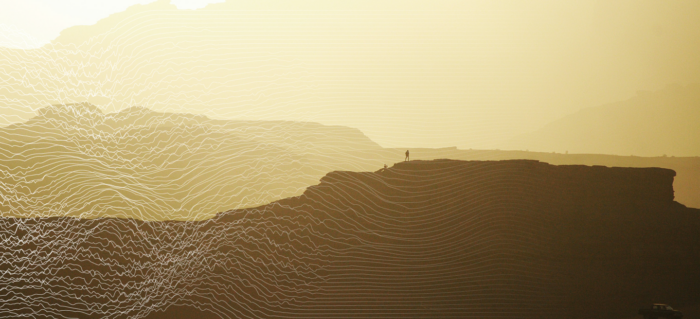Research Prioritization Beliefs
Some of the points that follow are “core beliefs” for Reflective, others are open questions that we want Reflective’s Scientific Advisory Board to wrestle with, now and on an ongoing basis.
Note: Not everyone will agree with how we prioritize research. That’s healthy, particularly in a growing field, and we respect that other organizations will have different theories of change and/or beliefs underpinning their research priorities. This is simply an articulation of our own prioritization philosophy.
Some of the points that follow are “core beliefs” for Reflective, others are open questions that we want Reflective’s Scientific Advisory Board to wrestle with, now and on an ongoing basis.
- Timeline: we believe there will be demand for a more robust sunlight reflection knowledge base by 2030. This timeline necessitates focused research: policymakers will need a rigorous assessment of a “gen1” approach to sunlight reflection deployment.
- There can, and should, be effort put into research for “gen2” sunlight reflection approaches, but only once it is clear that activities on the critical path for “gen1” are adequately resourced and moving quickly.
- We believe that “gen1” = SAI, using sulfate aerosols. Even if the demand is tipping point driven, once climate intervention is on the table, SAI will be front-and-center. There’s also an equal likelihood that the events driving demand for sunlight reflection (i.e. heat waves) are only addressable with SAI.
- Balance of funding between “gen1” and “other stuff” will depend, to some extent, on other organizations in the space and their funding priorities.
- “Dual-purpose” research that is also valuable beyond “gen1” SAI is, of course, a good thing, but prioritizations will be made solely on the basis of what is needed to support a robust assessment of “gen1” SAI. Placing higher priority on dual-purpose research is inconsistent with the mission-driven framing.
- More data is necessary, but not sufficient, for a robust assessment and globally legitimate decision-making. Right now research capacity is concentrated in only a few countries and a tiny field – investments that widen who can participate in sunlight reflection research to wider geographies pave the way to a rigorous assessment and need to be pursued in parallel with “gen1” research.
- Question-led, not domain-led: we believe that policymakers want answers to questions and don’t care what disciplines are used to answer them.
- There is a false dichotomy between physical science and social science research. It’s all integrated.
- Addressing the questions and concerns that policymakers and the public have necessitates actually listening/connecting with policymakers and the public. We can’t simply hazard a guess.
- Engineering: essential to understand enough about deployment to ensure that the research is addressing plausible futures, and providing sufficient information, including e.g. lofting technology, but also about attribution.
- Just to repeat, because it can’t be said enough: we don’t advocate for deployment or developing capability to deploy.


